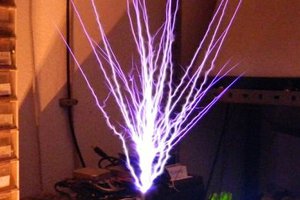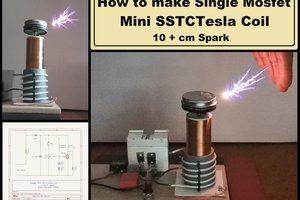deepfriedneon It is a high-frequency air-core transformer that produces high-voltage, low-current, and high-frequency alternating-current electricity. In general, Tesla coils can be divided into two groups, Spark Gap, and Solid State Tesla Coils. In some of my previous videos you can see some Solid State Tesla Coils made with Transistors and Vacuum Tubes. This time I will describe to you how to make a Spark Gap Tesla Coil which is actually the simplest type of Tesla Coil. I recently received as a gift, which was the main reason for starting this project.
"Spark Gap" Tesla coil consists of the following parts
- Primary Coil consisting of several turns of thick copper tube
- Secondary coil containing about 1000 turns of thin lacquered copper wire
- A high voltage source, in this case a Neon Sign Transformer
- Spark Gap
- high voltage capacitor bank
- and Toroidal Top Load Terminal

Let me briefly describe the function of each of these parts:
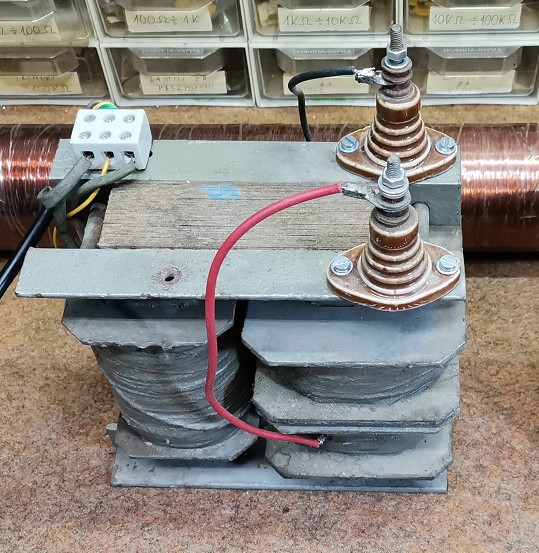
- The power source is this neon sign transformer with an output voltage of 8000 volts and a current of 30mA. The total power of the device depends on this transformer (the value of the output voltage, actually the length of the spark)
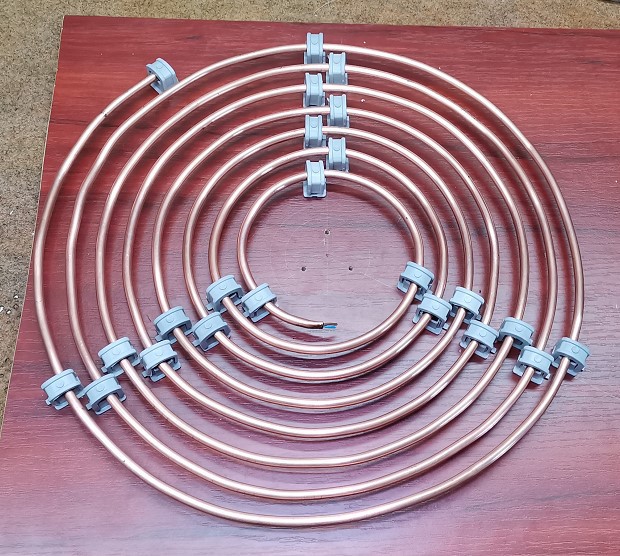
- The primary coil is the first coil in the transformer, typically consisting of a few turns of heavy wire, and it is connected to a power source.
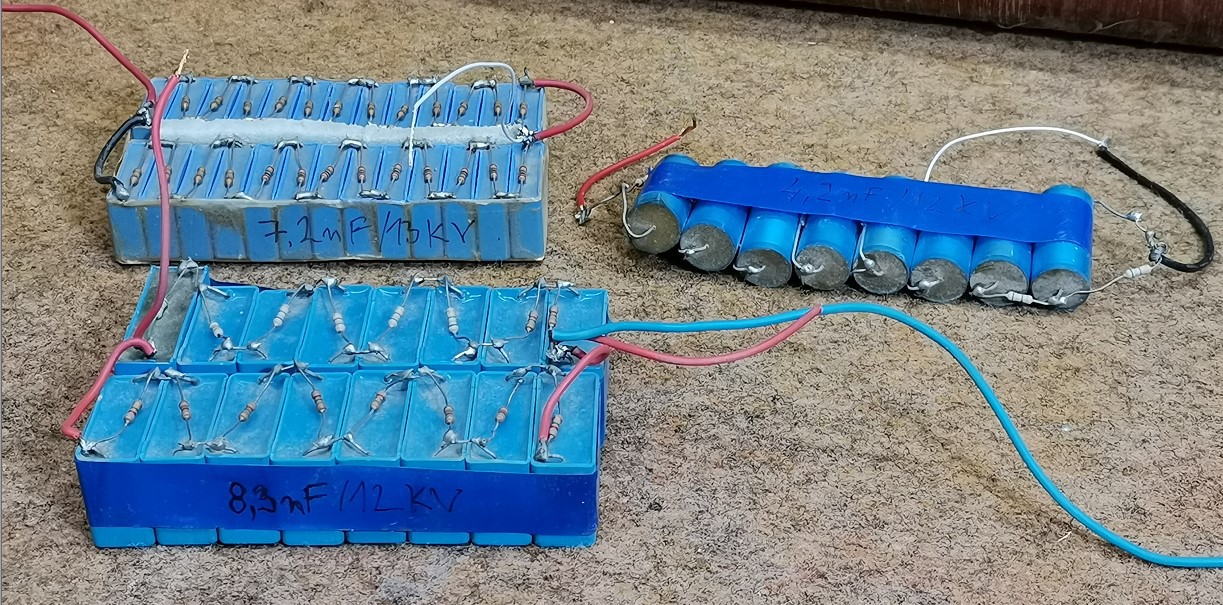
- Capacitor connected in parallel with the primary coil, and it stores electrical energy during the charging phase.
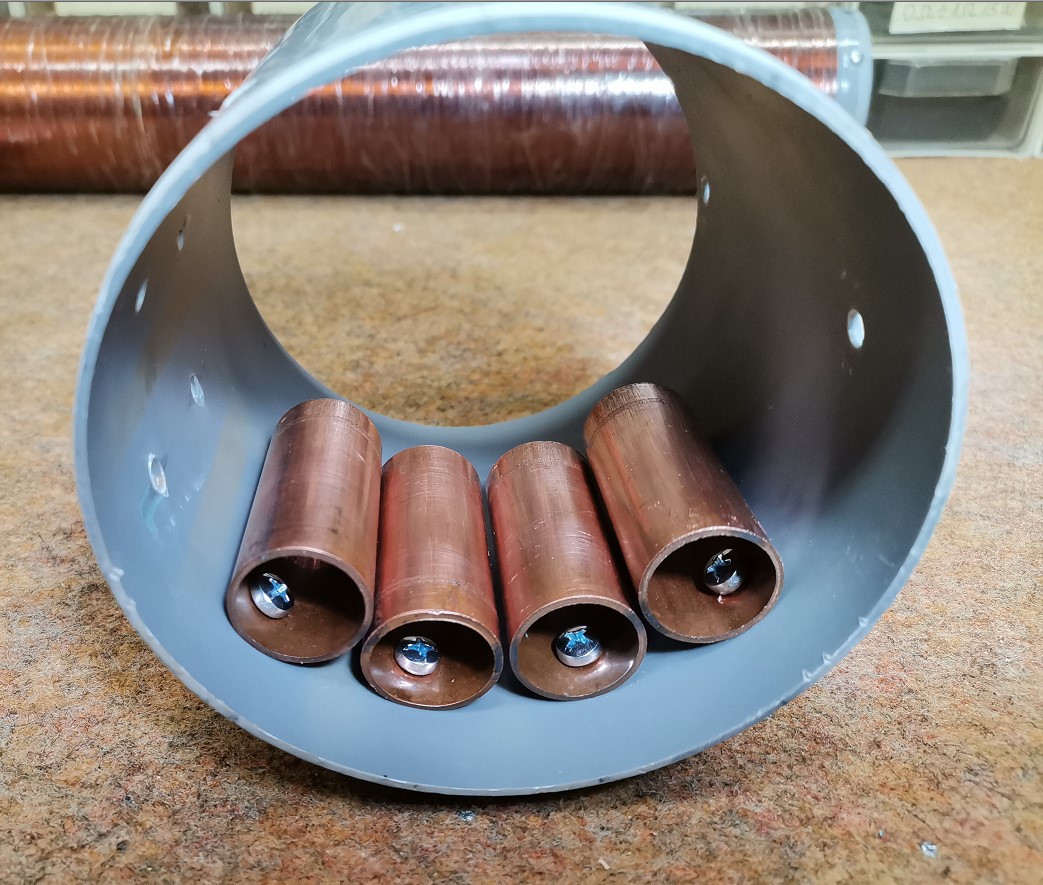
- The spark gap is a switch that rapidly discharges the capacitor into the primary coil. It consists of electrodes separated by a small gap. When the voltage across the spark gap reaches a critical value, a spark jumps across the gap, allowing the capacitor to discharge rapidly.

- The secondary coil is a large number of turns of fine wire wound around the primary coil. It is not electrically connected to the primary coil but is in close proximity. The changing magnetic field induced by the primary coil in the secondary coil causes a voltage to be generated.

- And a top Load which is located at the top of the secondary coil, there is usually a toroid or a metal sphere, and this helps to concentrate the electric field and enhance the efficiency of the coil.
In an ideally tuned Tesla coil, the resonant frequency of the primary LC circuit should be equal to the resonant frequency of the secondary coil.

JavaTC. Also a great source of information and online calculators is the deepfriedneon site.

For the sake of ease of manufacture and visibility, I made the Tesla coil on a flat board, but I soon realized that I could have problems with a spark jump on the HV transformer, which would be fatal for it. So for protection I installed metal mesh around the power transformer which is connected to the ground. Therefore, most often the drive part is placed under the primary and secondary coil.
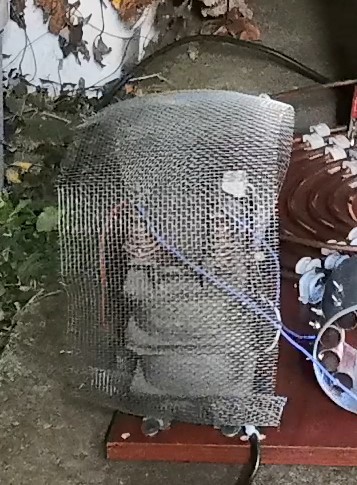
And now let's see how this device works in real conditions. I should mention that for grounding I use a long metal rod stuck in wet soil.

As can be seen in the video, with a fully tuned Tesla coil I achieved a spark length of about 40+ cm, which is an good result for such a relatively small power neon sign transformer.
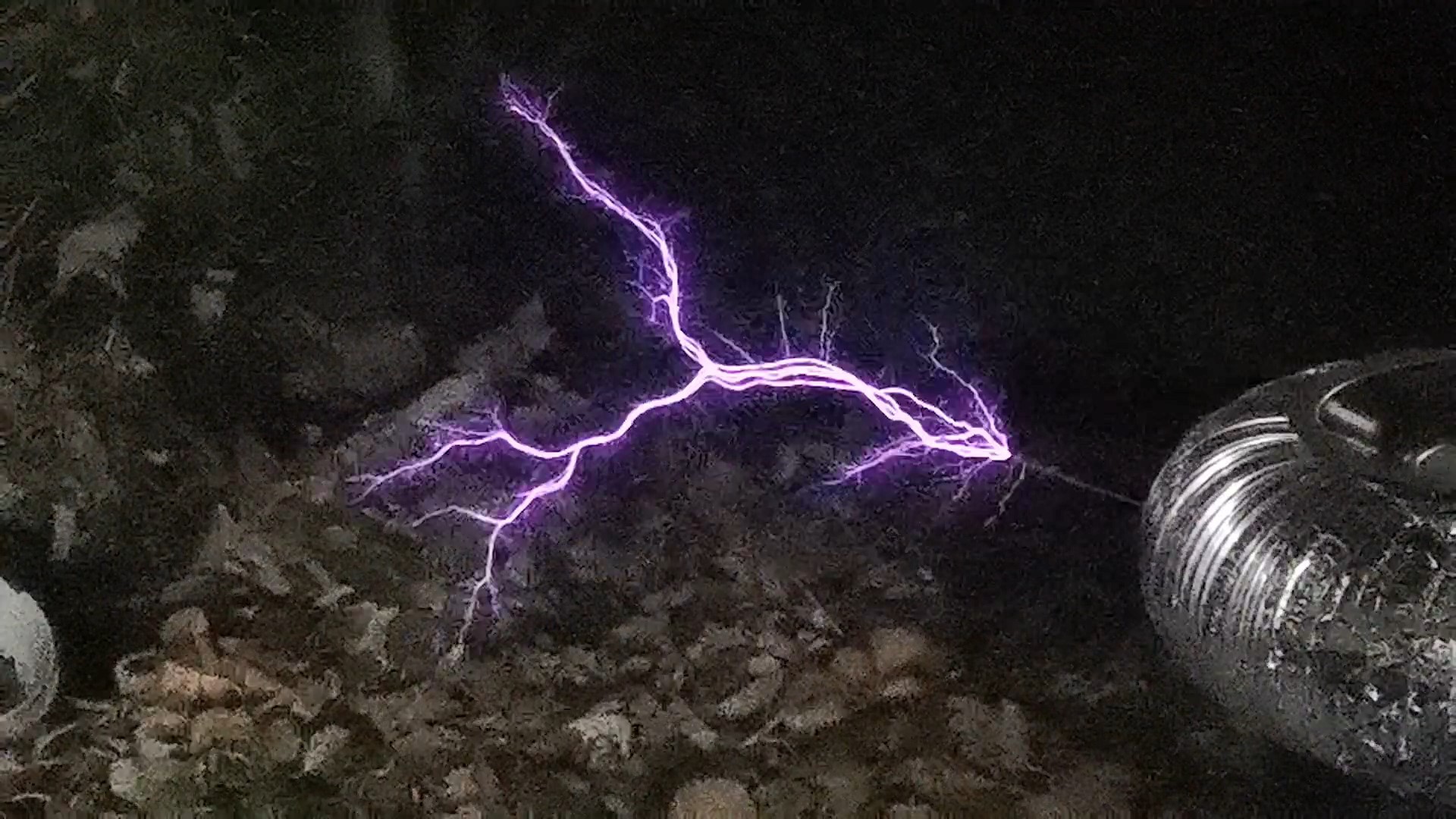

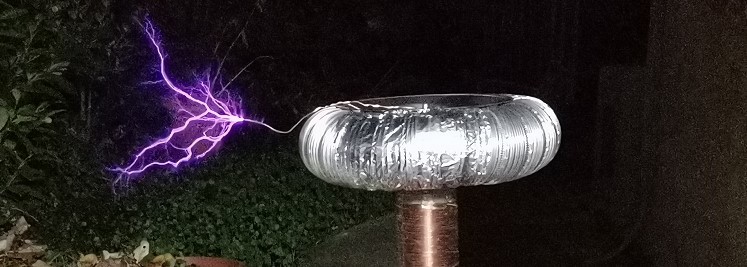

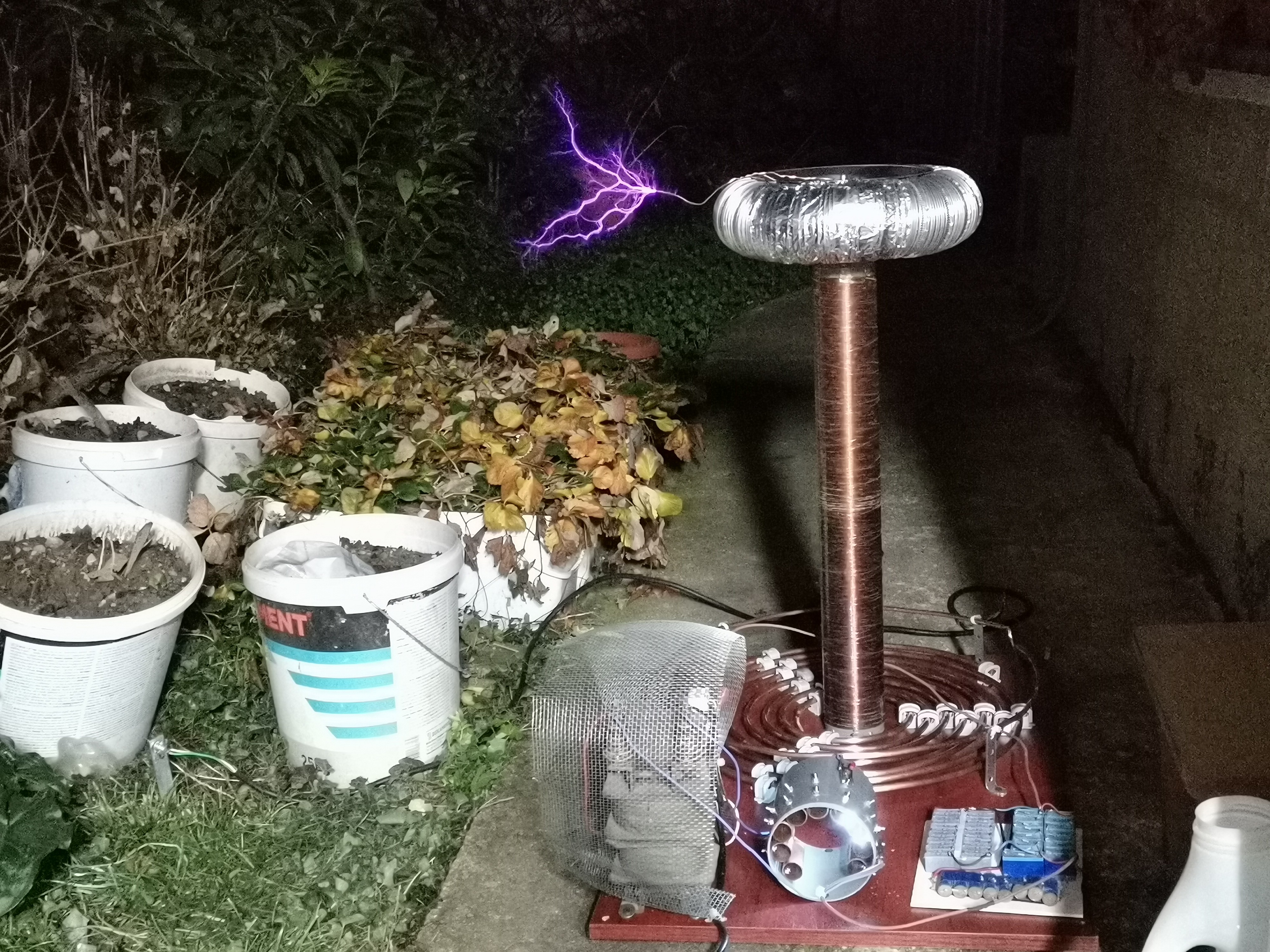

And finally a short conclusion. This was my first Spark Gap Tesla coil and it gave me a lot of pleasure both in making and in operation. However, it should be kept in mind that the manufacture and maintenance of such a device is relatively expensive, especially if we have to buy all the components. Fortunately, the most expensive parts,...
Read more » mircemk
mircemk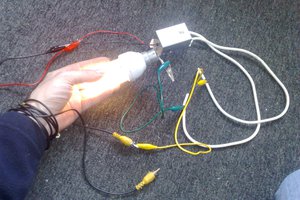
 Morning.Star
Morning.Star
 Discrete Electronics Guy
Discrete Electronics Guy